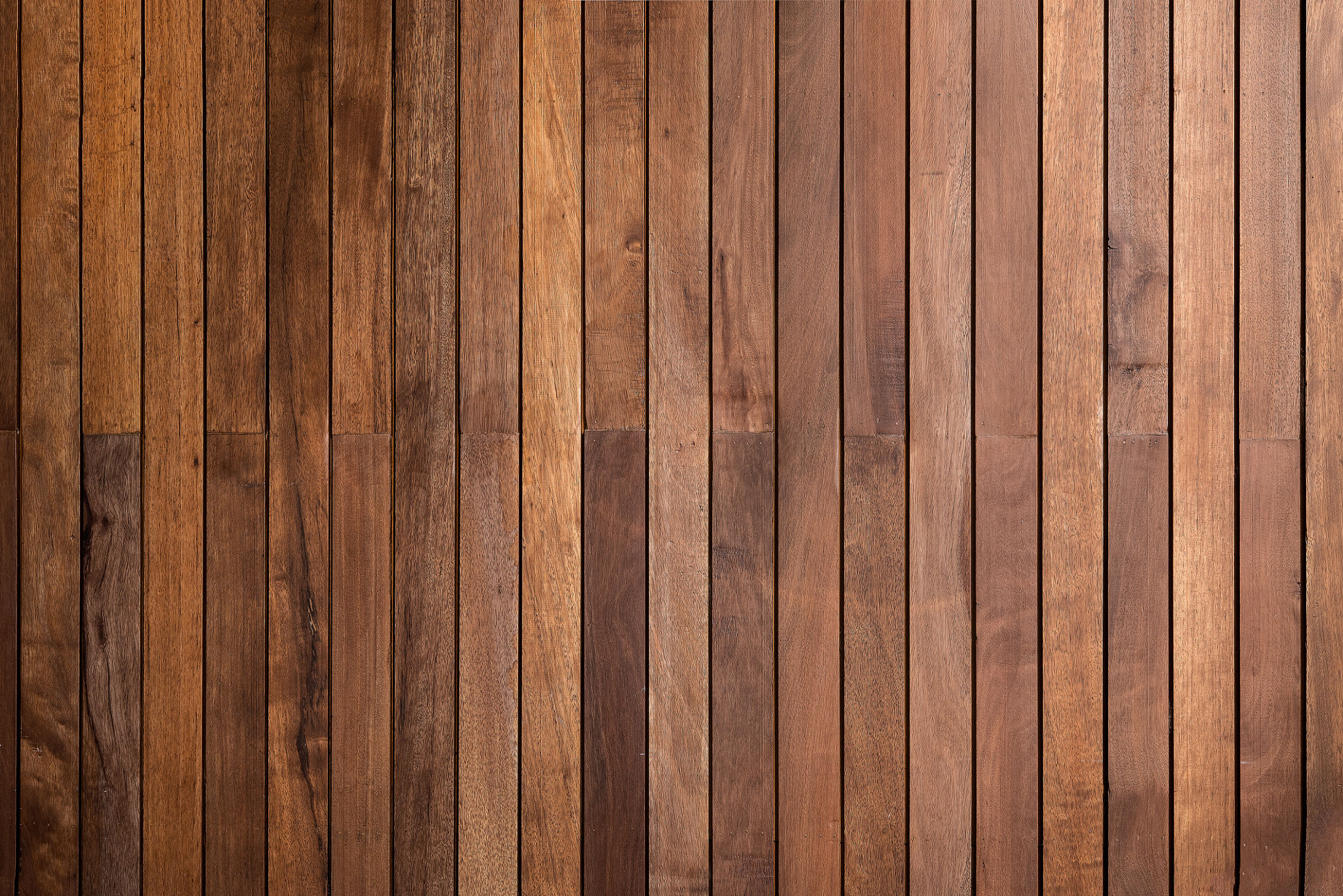Comprehensive Guide to Timber Decking: Maintenance and Care Tips
WC
Timber decking is a popular choice for homeowners looking to enhance their outdoor spaces. Known for its natural beauty and durability, it can significantly boost the aesthetic appeal and value of a property. However, like any outdoor feature, timber decking requires regular maintenance to keep it in top condition. In this guide, we will explore essential maintenance and care tips to help you enjoy your deck for years to come.
Understanding Timber Types
Before diving into maintenance, it's crucial to understand the type of timber used in your decking. Popular options include hardwoods like teak and mahogany, as well as softwoods such as pine and cedar. Different types of timber have unique characteristics that affect their maintenance needs. Hardwoods are generally more durable but may require specific treatments, while softwoods might need more frequent care.

Routine Cleaning
Regular cleaning is fundamental to maintaining the look and longevity of your timber deck. A simple routine involves sweeping away debris and washing the surface with mild soap and water. This process helps prevent the buildup of grime and reduces the risk of stains. For a more thorough clean, consider using a pressure washer on a low setting to avoid damaging the wood.
It's recommended to perform a deep clean at least twice a year. This involves scrubbing the deck with a specialized wood cleaner to remove stubborn dirt and mildew. Always follow the manufacturer's instructions when using these products to ensure the safety of your deck.
Protection Against Weather
Exposure to harsh weather conditions can take a toll on your timber decking. Sealing and staining are effective ways to protect the wood from moisture, UV rays, and temperature fluctuations. These treatments not only safeguard your deck but also enhance its natural color and grain.

Sealing Your Deck
Sealing your deck creates a protective barrier against water damage, which is essential in preventing rot and decay. Depending on the climate and exposure, you may need to reseal your deck every one to three years. Always choose a high-quality sealant that is suitable for your specific type of timber.
Staining for Longevity
Staining adds color to your deck and provides an additional layer of protection. It is especially beneficial for decks exposed to direct sunlight as it helps prevent fading. When choosing a stain, consider one with UV inhibitors for maximum protection. Like sealing, staining should be done regularly to maintain effectiveness.

Inspecting for Damage
Regular inspections are vital in identifying potential issues early on. Look for signs of wear such as splintering, cracking, or warping wood, as well as loose nails or screws. Addressing these problems promptly can prevent further damage and ensure the safety of your deck.
Repairing Common Issues
If you notice any damage during inspections, take action immediately. Sand down rough areas to prevent splinters and replace any damaged or missing fasteners. For more severe issues, such as rot or significant structural damage, consider consulting a professional to assess and repair the deck.
By following these comprehensive maintenance and care tips, you can keep your timber decking looking beautiful and functioning well for many years. Regular upkeep not only extends the life of your deck but also ensures it remains a safe and enjoyable space for family and friends.
